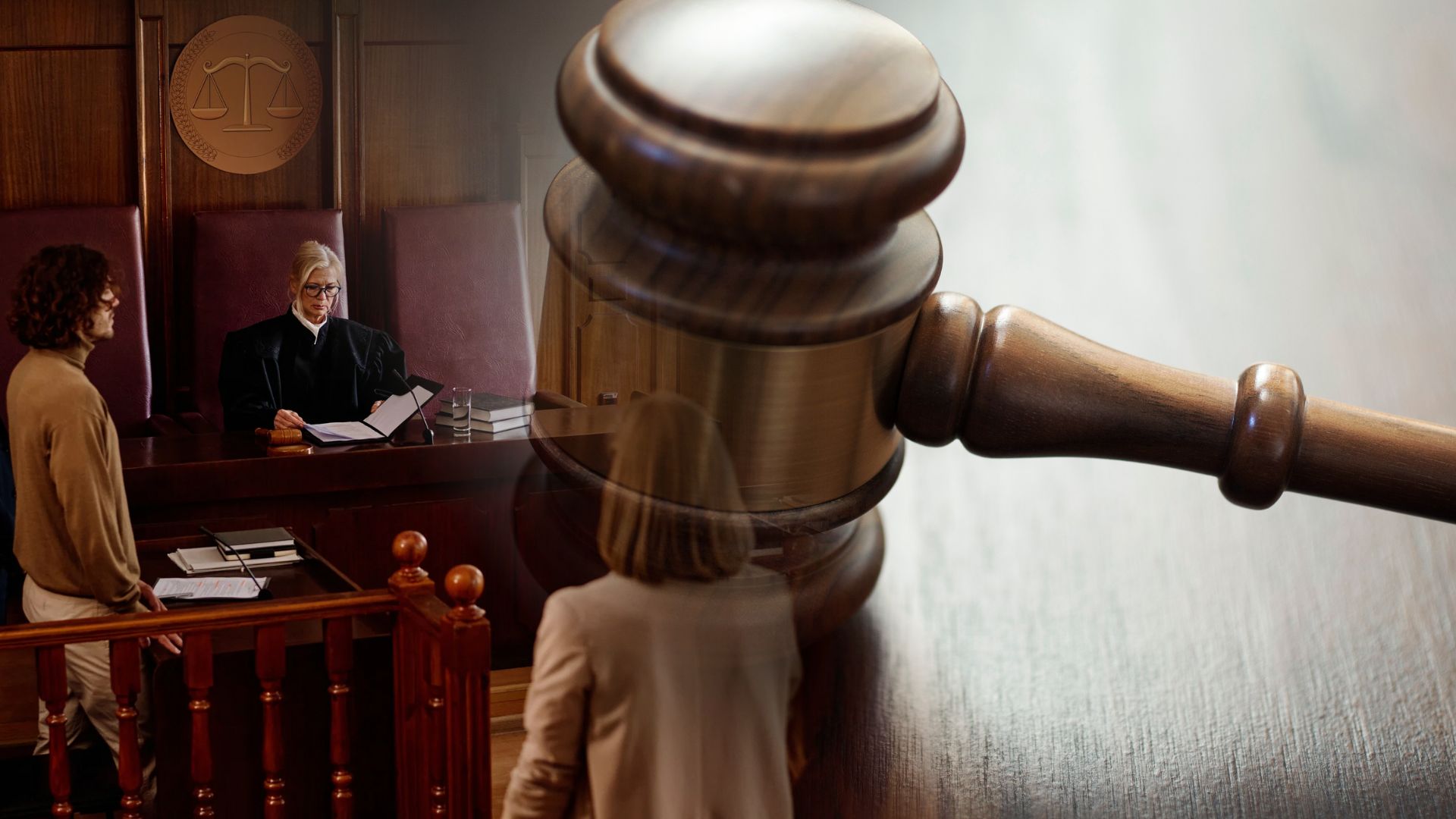Texas Appellate Court Blocks Pre-Suit Discovery Amid Claims Handling Dispute
A recent Texas appellate court decision has drawn attention to the boundaries of Rule 202 discovery, spotlighting a legal tug-of-war over how insurance claims are handled and investigated. For anyone navigating the tricky intersection of legal procedures and insurance policies, this case serves as a microscope into the challenges and stakes involved.
The Layers of the Case: A Collision and Complications
It started with a multi-vehicle accident on June 22, 2022. Walter Naymola Jr. was behind the wheel of a vehicle owned by his employer, National Tank & Equipment, LLC (NTE), covered under insurance policies issued by Berkley Regional Insurance Company (BRIC) for business auto liability and Berkley National Insurance Company (BNIC) for umbrella coverage.
But here’s where things take a sharp turn. While Naymola was hospitalized, representatives from Berkley allegedly obtained settlement releases from four other individuals involved in the crash. These individuals later claimed the releases were invalid, culminating in a lawsuit against Naymola in January 2024. The lawsuit wasn’t just a footnote in an insurance claim; Naymola responded by filing a Rule 202 petition, seeking pre-suit discovery to sniff out potential tort claims against Berkley and its representatives. The focus? The how and why of those settlement agreements.
A Legal Maze: Rule 202’s Role and Restrictions
Rule 202 in Texas allows someone to request depositions or other discovery before officially filing a lawsuit under certain circumstances. But it’s not a shortcut–it’s meant to be a narrowly scoped tool, not a carte blanche for casting wide nets in search of claims.
Naymola’s filing sought depositions from BRIC, BNIC, claims representative Brittany Cusack, and others. He also asked for extensive document production, including claim files and communication logs. His argument was straightforward enough: If those releases taken from the third-party claimants are deemed void, he might have viable legal claims based on how Berkley handled the situation.
But there was a catch. Berkley argued that this was putting the cart before the horse. Why request such broad discovery now when much of the same information was already accessible through ongoing litigation in the Edwards case? And, as the Ninth Court of Appeals in Beaumont later agreed, Rule 202 wasn’t designed for workarounds when more traditional litigation steps are available.
The Appellate Court’s Verdict
The appellate court’s April 3, 2025 ruling offers a masterclass in drawing legal boundaries. It sided with Berkley on the core issue, conditionally granting a writ of mandamus and directing the lower court to vacate its decision approving Naymola’s Rule 202 petition. The judges emphasized that Rule 202 is a last resort, not a go-to method when ordinary discovery routes exist.
A key factor in their reasoning? Naymola hadn’t demonstrated why the information he sought couldn’t be obtained through the Edwards lawsuit. His petition also failed to prove why pre-suit depositions were essential at this point. To the court, it was clear that the potential burden, cost, and overlap made this an overstep.
On a procedural note, the court dismissed claims representative Brittany Cusack’s direct appeal, ruling it lacked jurisdiction since the discovery request wasn’t tied to a finalized order.
Transparency in Claims Handling Matters
This ruling might be setting a precedent for how pre-suit discovery tools can (and can’t) be wielded, but it’s also about trust and fairness in insurance practices. The crux of Naymola’s disputes lies in allegations about Berkley negotiating these settlements without involving him, their insured driver. For anyone who has tangled with fine print on an insurance policy, this isn’t just a corporate procedural hiccup. It’s about making sure everyone with skin in the game has their voice heard.
Consider this staggering context from a study by the Texas Department of Insurance analyzing claims handling complaints. Nearly 1 in 5 complaints reported between 2020 and 2022 involved disputes over how settlements were negotiated, including accusations of a lack of transparency. That broader context is why this case feels personal, not just procedural. If you’ve ever sat on hold with an insurance provider, wondering if your concerns are being addressed, you’ll get why questions like these can strike a nerve.
What This Means for Insurers, Drivers, and Beyond
Is this ruling a win for insurers? Sure, in the sense that it reins in the scope of discovery petitions. But it also underscores a challenge for insurance practices at large. The industry thrives on trust, and when transparency is in question, especially in claims involving third parties, it shakes that trust. From a policyholder’s standpoint, it’s a warning shot not just to look out for policy language but to scrutinize how well your insurer communicates and acts on your behalf.
On the flip side, this decision highlights how legal safeguards are in place to prevent pre-suit discovery from straying into litigation overreach. For plaintiffs, it’s a reminder to make your case airtight. Spell out why you’re asking for more.
Making the Case Relevant and Practical
For those of us who aren’t packed into a courtroom, what are the takeaways? For one, if you’re involved in an accident, push for detailed communication from your insurer about settlement processes. Document everything. If you’re on the insurer’s side of the equation, lead with clarity. Legal rulings like this one send a clear message that all players on the field need to play fair.
Looking ahead, this decision pushes the focus back to streamlining discovery in litigation while protecting its proper use. Expect more conversations on how courts might refine rules to include provisions for transparency. Because whether it’s dollars, trust, or your reputation, nobody can afford to misstep in claims handling. And that’s not just legal logic—that’s human.


